


Kyoto feels like stepping into a living painting where every corner whispers stories from centuries past. The moment you wander beneath the vermilion torii gates of Fushimi Inari,or stroll through the serene bamboo groves of Arashiyama,you’re wrapped in a calm that’s both timeless and deeply alive. The air carries a subtle mix of incense from ancient temples and the delicate scent of cherry blossoms or autumn leaves,depending on the season. It’s a city that invites you to slow down,to listen to the soft rustle of kimono fabric on narrow streets and the gentle clink of tea cups in quiet teahouses. Kyoto’s charm lies in its seamless blend of tradition and everyday life. You’ll find monks in saffron robes crossing paths with students on bicycles,and artisans crafting pottery or folding origami with meticulous care. The city’s rhythm is gentle but purposeful,like the steady flow of the Kamo River where locals gather to chat or enjoy a picnic. And the food—oh,the food! From delicate kaiseki meals that feel like edible art to street stalls offering warm yatsuhashi sweets,every bite tells a story of place and season. What makes Kyoto truly unforgettable is how it feels like a sanctuary for the senses and the soul. Whether you’re watching the sun set behind golden temple roofs or sipping matcha in a quiet garden,there’s a profound sense of connection—to history,nature,and the simple beauty of everyday moments. It’s a city that stays with you long after you leave,quietly inviting you to return.
The information on this page is currently being reviewed by Tripkliq and should be used as a guide only
Eng word: Hello
Eng pronunciation: Konnichiwa
Local language: こんにちは
Eng word: Goodbye
Eng pronunciation: Sayōnara
Local language: さようなら
Eng word: Thank you
Eng pronunciation: Arigatō
Local language: ありがとう
Eng word: How much
Eng pronunciation: Ikura
Local language: いくら
Eng word: Toilet
Eng pronunciation: Toire
Local language: トイレ
Eng word: Help me
Eng pronunciation: Tasukete
Local language: 助けて
Eng word: Yes
Eng pronunciation: Hai
Local language: はい
Eng word: No
Eng pronunciation: Iie
Local language: いいえ
Eng word: Excuse me
Eng pronunciation: Sumimasen
Local language: すみません
In 794 AD, Emperor Kanmu moved the capital of Japan to what is now known as Kyoto, calling it Heian-kyō, which means 'capital of peace and tranquility.' It remained the imperial capital for over a thousand years, significantly influencing Japanese culture, religion, and politics.
One of Kyoto's most iconic landmarks, Kinkaku-ji, the Golden Pavilion, was originally built in 1397 as a retirement villa for Shogun Ashikaga Yoshimitsu. After his death, it was converted into a Zen Buddhist temple, as per his wishes, and is now a UNESCO World Heritage site.
Kyoto's Gion district is one of the most famous geisha districts in Japan. Dating back to the Middle Ages, Gion remains a place where visitors can experience traditional tea houses and entertainment by geiko (Kyoto dialect for geisha) and maiko (apprentice geisha), preserving centuries-old traditions.
Dedicated to the Shinto god of rice, Inari, Fushimi Inari Shrine is famous for its thousands of vermilion torii gates, which straddle a network of trails behind the main buildings. It has been a significant center of worship for both individuals and businesses since the early 8th century.
Kyoto is home to the Kyoto Imperial Palace and several other historical villas like the Katsura Imperial Villa and Shugaku-in Imperial Villa. These sites, once residences for the Imperial family and their courtiers, are prime examples of traditional Japanese architecture and garden design.
Ryoan-ji Temple is renowned for its karesansui (dry landscape) rock garden, the most famous of its kind in Japan. Created in the late 15th century, the garden's fifteen rocks are placed so that, from any vantage point, at least one rock is always hidden from the viewer.
The Philosopher’s Path is a scenic walkway in Kyoto that follows a cherry-tree-lined canal. Named after the philosopher Nishida Kitaro, who is thought to have used this path for daily meditation, it links the Silver Pavilion (Ginkaku-ji) with the neighborhood of Nanzen-ji, passing several temples and shrines.
Founded in 1981, Kyoto Animation, known as KyoAni, has become a beloved part of Kyoto’s modern cultural heritage. It is notable for producing popular anime series and films, contributing significantly to the global popularity of Japanese animation.
Opened in 2006, the Kyoto International Manga Museum houses a vast collection of manga from around the world. The museum itself serves both as a repository of manga heritage and a space for visitors to read and enjoy thousands of manga titles.
In Kyoto, the most common Power Adaptor is Type A, Type B.



A traditional multi-course meal that showcases seasonal ingredients and meticulous presentation, reflecting the essence of Japanese culinary art.
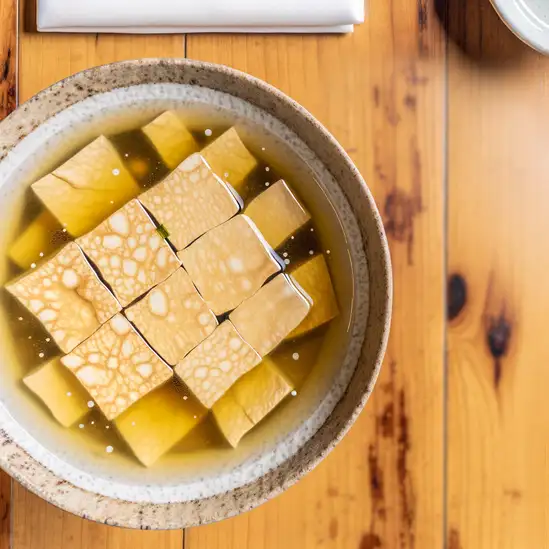
A simple yet elegant dish of tofu simmered in a light broth, often served with dipping sauces, popular in the serene atmosphere of Kyoto's temples.
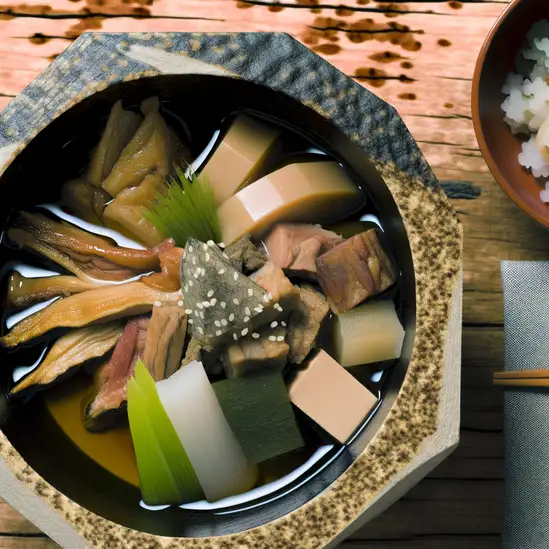
A style of home-cooked cuisine from Kyoto, featuring a variety of small dishes made with local, seasonal ingredients, emphasizing balance and nutrition.
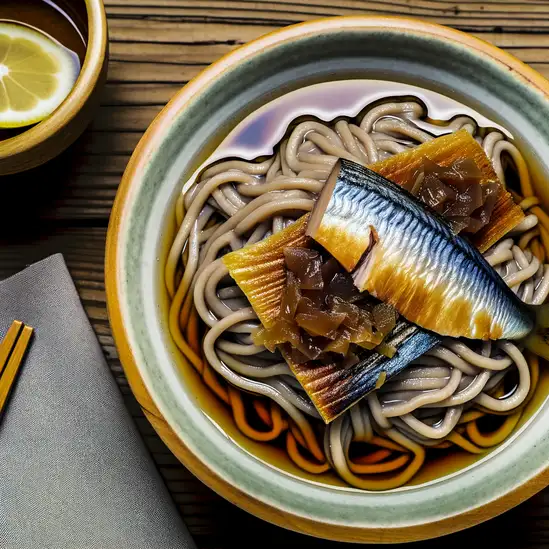
Buckwheat noodles served in a hot broth, topped with sweet-simmered herring, a dish that reflects Kyoto's unique take on soba.
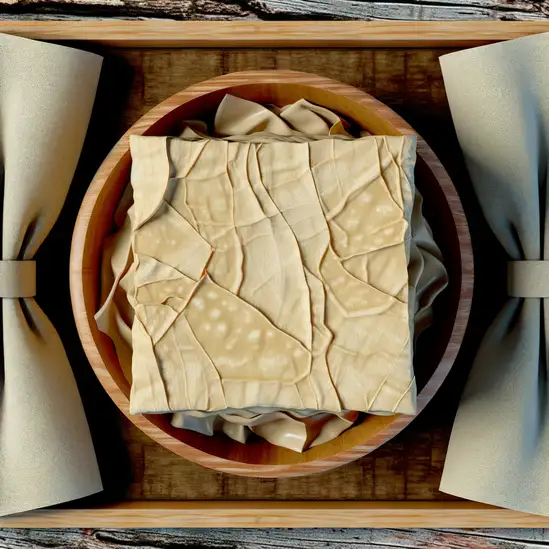
Also known as tofu skin, yuba is a delicacy made from the film that forms on the surface of boiling soy milk, often served fresh or dried.
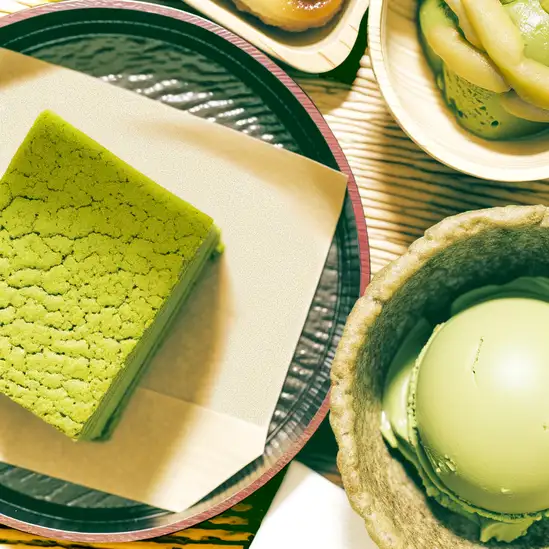
Desserts made with matcha (green tea powder), including cakes, ice creams, and traditional wagashi, showcasing Kyoto's rich tea culture.
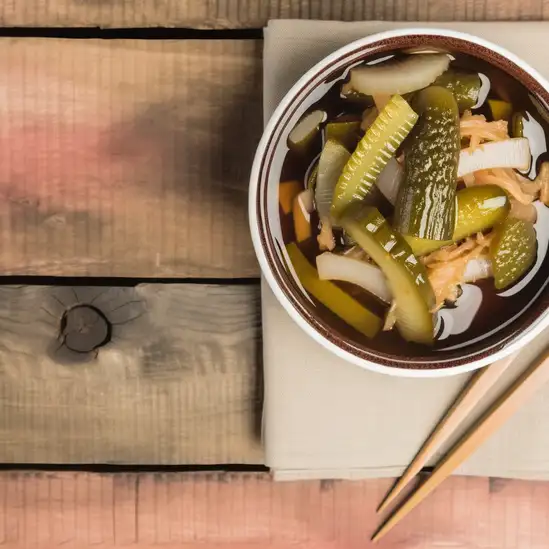
Japanese pickles that are often served as a side dish, made from a variety of vegetables and seasoned with salt, vinegar, or soy sauce.
Tokyo feels like stepping into a living,breathing mosaic where tradition and futurism dance side by side. The moment you arrive,you’re swept up in a vibrant energy that hums through neon-lit streets and quiet temple gardens alike. Imagine the buzz of Shibuya Crossing,where hundreds of people move in perfect chaos,the air tinged with the scent of sizzling street food and fresh cherry blossoms in spring. It’s a city that never quite sleeps,yet somehow offers pockets of serene calm if you know where to look.
Walking through Tokyo,you’ll hear a symphony of sounds—from the rhythmic clatter of trains to the soft murmur of locals chatting over steaming bowls of ramen. The city’s character is a fascinating blend of meticulous order and playful creativity. You can find centuries-old shrines nestled between sleek skyscrapers,and quirky themed cafes that feel like stepping into another world. The taste of Tokyo is unforgettable too—whether it’s the delicate umami of sushi at a tiny neighborhood spot or the comforting warmth of matcha-flavored sweets.
What makes Tokyo truly unique is how it embraces contrasts without missing a beat. It’s a place where you can lose yourself in sprawling shopping districts,then find quiet reflection in a moss-covered garden. The people,warm and respectful,add a layer of kindness that makes the city feel welcoming despite its size. If you’re curious,open-hearted,and ready to explore,Tokyo will surprise you at every turn and leave you with stories you’ll want to share again and again.
Imagine stepping into a city that buzzes with an infectious energy,where neon lights splash vibrant colors across the night sky and the air hums with laughter and chatter. That’s Osaka for you—a place that feels alive in the most welcoming way. It’s not just a city; it’s a warm,spirited friend who invites you to dive into its lively streets,where every corner tells a story. The scent of sizzling takoyaki and okonomiyaki wafts through the air,tempting you to stop and savor the rich,comforting flavors that define Osaka’s food culture.
Walking through Dotonbori,you’ll hear the rhythmic clatter of chefs flipping pancakes on hot griddles,mixed with the playful calls of street vendors. The city’s character shines in its blend of old and new—ancient castles stand proudly near bustling shopping arcades,and traditional theaters share space with quirky,modern cafes. People here are famously friendly and down-to-earth,always ready with a smile or a helpful tip,making you feel instantly at home.
What makes Osaka truly special is its unapologetic joyfulness. It’s a city that celebrates life through its food,festivals,and everyday moments. Whether you’re savoring a bowl of rich ramen,exploring vibrant markets,or simply soaking in the neon-lit riverbanks,Osaka wraps you in a warm embrace that lingers long after you leave. Trust me,once you experience its spirited charm,you’ll find yourself dreaming of coming back.
Hiroshima has this incredible mix of quiet reflection and vibrant life that stays with you long after you leave. When you walk through the city,there’s a gentle hum of everyday moments—people chatting over steaming bowls of okonomiyaki,the city’s famous savory pancake,or the soft rustle of leaves in Shukkeien Garden. The air carries a subtle blend of sea breeze and fresh greenery,grounding you in a place that’s both peaceful and full of stories.
What really sets Hiroshima apart is its spirit. The Peace Memorial Park is deeply moving,but it’s not just about history—it’s about hope and resilience. You can feel the city’s heartbeat in the way locals honor the past while embracing the future. Nearby,the bustling Hondori shopping street buzzes with energy,where neon signs flicker and laughter spills from cozy cafes and lively izakayas.
Don’t miss the chance to take a ferry to Miyajima Island,where the iconic floating torii gate seems to float on the water at high tide. The island’s serene forests and friendly deer add a magical touch to your visit. Hiroshima’s warmth isn’t just in its sights but in its people—their kindness and quiet strength make you feel like you’re part of something meaningful. It’s a city that invites you to slow down,listen,and soak in a unique blend of history,culture,and everyday beauty.
If you ever find yourself craving a place where the ocean breeze carries a hint of tropical warmth and the streets hum with a laid-back island rhythm,Naha Shi in Okinawa is where you want to be. Walking through its bustling markets,you’ll catch the vibrant colors of fresh fruits and the spicy aroma of Okinawan cuisine wafting through the air—think sweet purple sweet potatoes and tangy goya stir-fries that tease your taste buds. The city feels alive but never rushed,like it’s inviting you to slow down and savor every moment.
Naha’s charm lies in its blend of old and new. You can wander through the historic Shuri Castle grounds,where the echoes of Ryukyu Kingdom royalty still seem to linger,then stroll just a few blocks to modern cafes and quirky shops that pulse with youthful energy. The locals are warm and welcoming,often eager to share stories or recommend their favorite spots for a refreshing sata andagi (Okinawan doughnut) or a cup of jasmine tea.
As the sun dips low,the harbor lights twinkle against the backdrop of turquoise waters,and the gentle sound of waves mingles with distant laughter from street performers. It’s a city that feels like a gentle embrace—rich in culture,alive with flavor,and wrapped in the kind of peaceful energy that makes you want to stay a little longer,just to soak it all in.
If you ever find yourself in Japan during winter,Sapporo-shi is a city that wraps you in a cozy,spirited embrace unlike anywhere else. Imagine crisp,snowy streets lined with softly glowing lanterns,the air tinged with the scent of pine and sizzling street food. The city hums with a lively yet laid-back energy—locals chatting over steaming bowls of miso ramen or clinking glasses of rich,locally brewed beer. It’s a place where modern city life meets nature’s quiet beauty,all under a sky that often blushes pink at sunset.
Walking through Odori Park,you’ll hear the crunch of fresh snow beneath your boots and catch glimpses of intricate ice sculptures shimmering in the cold air,especially during the famous Snow Festival. The architecture is a charming mix of clean,contemporary lines and historic European influences,giving the city a unique personality that feels both familiar and refreshingly new. Cafés spill warm light onto the streets,inviting you in to savor Hokkaido’s creamy dairy treats or a perfectly brewed cup of coffee.
What really makes Sapporo special is its genuine warmth—people here are friendly without being overbearing,proud of their city’s rich culture and natural bounty. Whether you’re wandering through the bustling Nijo Market tasting fresh seafood or hiking nearby trails that open up to breathtaking views,Sapporo feels like a place that invites you to slow down,breathe deeply,and savor every moment.
If you ever find yourself wandering through Fukuoka,you’ll immediately notice its effortless blend of energy and ease. It’s a city that hums with life but never feels overwhelming—like a close friend who’s always up for a good time but knows when to slow down. The streets buzz with the chatter of locals and the sizzle of street food stalls,especially around Nakasu and Tenjin,where the aroma of freshly grilled yakitori and rich tonkotsu ramen fills the air,tempting you to stop and savor every bite. There’s a warmth here,not just in the food but in the people,who greet you with genuine smiles and a relaxed hospitality that makes you feel instantly at home.
Walking along the waterfront at Ohori Park,you’ll catch the gentle rustle of leaves and the soft ripple of water,a peaceful contrast to the city’s vibrant core. Fukuoka’s character shines in its seamless mix of old and new—from ancient temples tucked between modern buildings to lively festivals that light up the streets with color and music. It’s a place where tradition and innovation dance together,inviting you to explore both the quiet corners and the bustling markets.
What really sets Fukuoka apart is its pace—fast enough to keep you intrigued but slow enough to savor. Whether you’re sipping a cold beer at a yatai stall under the stars or wandering through the lively shopping arcades,you’ll feel a genuine connection to the city’s rhythm. It’s a place that stays with you long after you leave,making you eager to return and discover even more.
Tourists are lured into bars with promises of cheap drinks, but are then presented with an inflated bill or charged for drinks they didn't order.
Tourists are approached by individuals dressed as geishas who offer to take photos for a fee, but the costumes and experience are often inauthentic.
Individuals dressed as monks offer tourists 'free' blessings or trinkets, then demand donations.
Performers may ask for tips after a show, but some can be aggressive or demand higher amounts than expected.
Some taxi drivers may take longer routes or charge extra fees, especially if they sense the passenger is unfamiliar with the area.
Tourists are invited to a traditional tea ceremony, only to be charged exorbitant fees afterward.
Japan has very strict drug laws. The possession, use, or trafficking of illegal drugs, including marijuana, is severely punished and can result in long prison sentences, heavy fines, and deportation for foreigners. Prescription medications should be declared upon entry, and some medications that are legal in other countries may be restricted or prohibited in Japan.
In Kyoto, smoking is generally prohibited in many public areas, including streets, parks, and other outdoor spaces. Designated smoking areas are available and should be used. Violators may face fines. Restaurants and bars may have specific smoking policies, so it's best to check with the establishment.
Vaping is subject to similar regulations as smoking in Kyoto. It is prohibited in many public areas, and users should seek out designated smoking/vaping areas. Always check for signs and follow local rules to avoid fines.
What are other people saying about Kyoto?
Recent Social posts about Kyoto
There is nothing to show you for now.